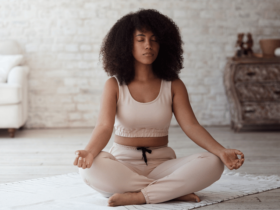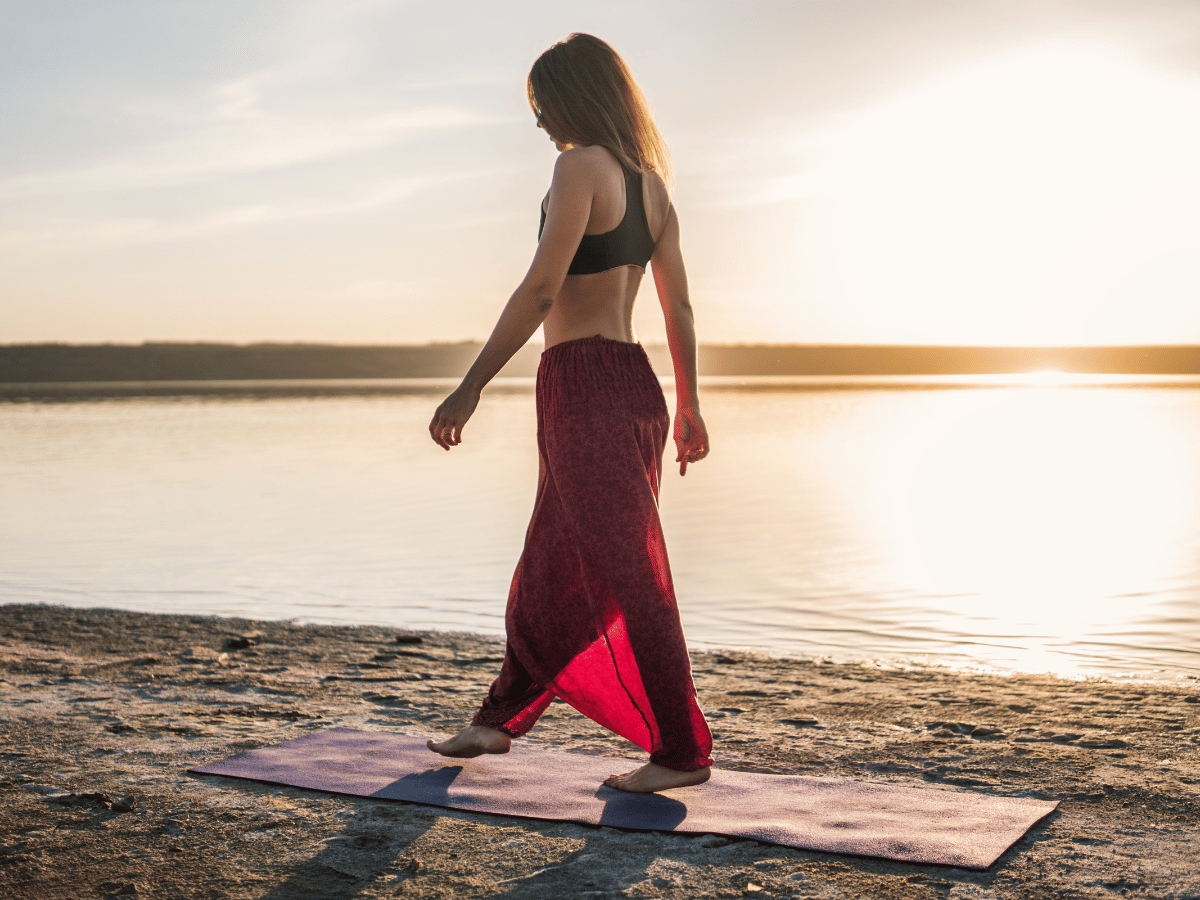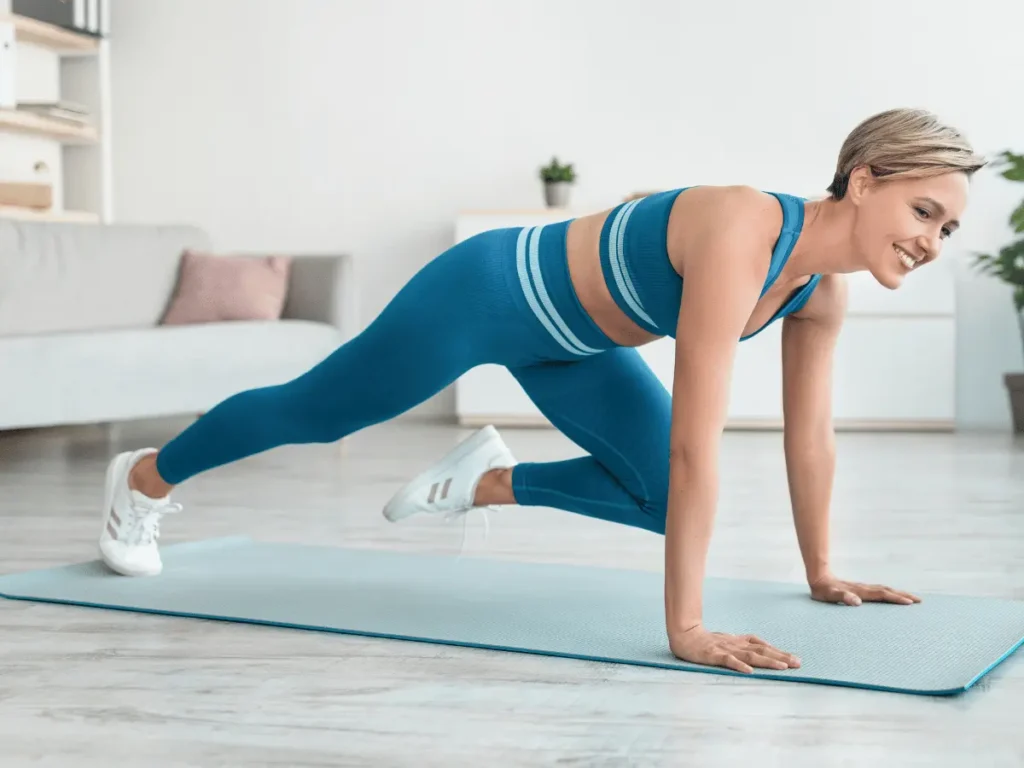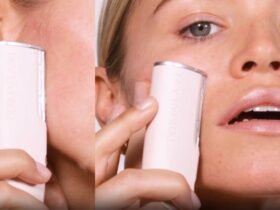Finding the best yoga mats for your practice can make a world of difference. The specifics of your practice do not seem to matter even if you are doing Hatha, or areas in hot yoga while at home simply stretches. The reason is that that mat provides you with comfort, stability, and ultimately support. But how do you get the perfect mat? And what if you do not have it? Well, let’s simplify it all and give you everything you need to know Starting with the fundamentals of mats.
What Makes a Yoga Mat ‘Best’?
Reading at just the simplest level, a good yoga mat is there for your body, supports your grip, and allows for your joints to rest easily. As one might expect, these can vary depending on how you practice, where you practice, and what your specific requirements might be. Here’s what to keep in mind when practicing yoga:
- Grip: Gets you stability especially during downward dog.
- Cushioning: Helps save your joints in seated or even floor poses.
- Durability: With strength for regular use and without the wear and tear.
- Eco-Friendliness: This is for people that wish to go for non-toxic sustainable materials while practicing.
As derived from the American Council on Exercise, having the right yoga mat is crucial as it limits the chances of an injury as it assists in providing the right traction.
Choosing the Right Yoga Mat: A Guide for All Types of Yogis
When looking for the yoga mat that best suits one’s requirements, comfort and a good grip are two of the most sought-out qualities. However, in addition to this, the mat should also accommodate one’s preferred practice setting and style. Here is a list of the most common types of yoga mats, their features and possible use cases:
1. PVC Mats
- Features: Affordable, durable with a rugged surface that provides excellent grip.
- Best For: People who are looking for mats that are suitable for gentle yoga practices and where the environment or flooring is smooth.
- Why Use It: This mat is a great choice for beginners as it allows them to develop grip on the surface while being extremely durable. Potential users should be warned though, these mats are not biodegradable and are damaging to the environment.
2. Natural Rubber Mats
- Features: Moderately soft and eco-friendly, providing an excellent grip to the user.
- Best For: Practicing hot yoga or power yoga which requires a lot of movement and gets sweaty.
- Why Use It: Hot yoga practitioners rave about rubber mats due to the perfect grip they provide, and even when practicing the hardest of poses, users maintain their composure and grip, thereby enhancing their overall experience.
3. TPE Mats (Thermoplastic Elastomer)
- Features: Offering decent grip and lightweight cushioning, these mats are recyclables as well.
- Best For: General yoga with a specific lens on portability.
- Why Use It: TPE mats are quite comfortable and also provide decent sustainability. They are light and hence can be used by yogis shifting between different places or taking classes away from their houses.
4. Cork Mats
- Features: Antimicrobial by nature, has a firm surface, and provides great grip when wet.
- Best For: Hot yoga, outdoor, and eco-friendly yoga practitioners.
- Why Use It: But when the intensity picks up in the class, sweat is produced and so is the investment. Cork adapts to this and becomes grippy. It is safe to assume such material will work great for any practice session. Another great thing about this material is that it doesn’t smell! Well, it doesn’t absorb odor and bacteria making practicing in it hygienic as well.
5. Foam Mats (NBR)
- Features: Large and bulky, this one is really thick and very soft. Factually, a high degree of cushioning is present too.
- Best For: Restorative yoga or prenatal yoga or for people who want some more cushion and support for their joints.
- Why Use It: For someone not so stable while standing, this can be a good investment. Who doesn’t want such a massive level of comfort for seated or lying poses? It does, however, limit being too sturdy in some cases.
Choosing the Right Mat for Your Needs
- For a Sweaty Session: Natural rubber or cork mats should work wonders for you as they are my favorite when it comes to grip.
- For Joint Support: If you need extra support for your knees or back, foam mats should suffice.
- For Portability: Because TPE mats are lightweight, they can be easily carried and put away.
- For Sustainability: Both cork and natural rubber mats are great for environmentally friendly long-term use.
- For All-Round Practice: PVC mats can be used effectively in a variety of yoga practices.
By knowing these properties, you will be able to pick a mat that is especially suited to your practice and preferences.
Selecting the Right Mat for Your Practice and Surroundings
Here are tips on how to select the right mat based on various considerations:
- Hot Yoga: Use cork or rubber mats. These hold great traction even when wet from sweat.
- Traveling for Yoga: Thin foldable mats or TPE mats are light and easy to travel with.
- Hardwood Floor Home Practice: Rubber or foam mats serve as great cushions for your joints.
- Practicing Outdoors: Mats made of cork are sound, naturally sticky, and work great on a bumpy surface.
Your Guide on Caring and Maintaining Yoga Mat
This is how to take care of your yoga mat, be it for cleaning or maintenance, it will be hygienic as well as last longer.
- Wipe Down After Each Use: Post every use of your mat, rub it with a wet cloth or simply mix water with mild soap and rub it.
- Wash Once a Month: Do a deep clean of mats once a month. Most rubber mats can be soaked and cleaned in vinegar water for sanitization.
- Air Dry Every Time: Leave your mat flat but away from sun rays to avoid damage.
- Storage: Roll your mat loosely while holding the practice side facing out to avoid the mat curling up. Store in a cool and dry place.
Pro Tip: For cork and rubber, use the mat cleaner solutions, for instance, those that are offered by Manduka or Gaiam.
Alternative Solutions for When There Are No Yoga Mats
Did you forget your mat or more likely you don’t own one? No worries! There are multiple ways around this problem:
- Towel or Blanket: Suitable for significantly low-impact or restorative yoga. Fold it for additional support.
- Carpet or Rug: Good for mother’s yoga but may be too slippery for a more active yoga session.
- Grass or Sand: How about practicing outside? Grass will provide a soft cushion, and sand flows with your movements.
- Bare Floor: Wooden or laminate floor is okay for basic stretching or meditation.
What If You’re Practicing in a Gym or a Studio?
If you’re going to use a mat which you have borrowed, then always carry a towel with you that you will place on top of it. Some yoga studios have pretty good quality mats available such as Liforme or Manduka, but even then, it is advisable to clean the mat before you use it and after.
Your Yoga Mats, Your Practice
Always bear this in mind! The best yoga mats is the one that suits your needs and elevates your practice. Whether you use a cork mat for hot yoga or a lightweight TPE mat for traveling, the choice is yours. And if there isn’t a mat available, always remember that yoga is about adapting the practice – both physically and mentally.
So, you are excited to take your practice to the next level? Pick out various mats and give them a go and remember that the right mat is out there waiting for you.
















1 Comment
View Comments